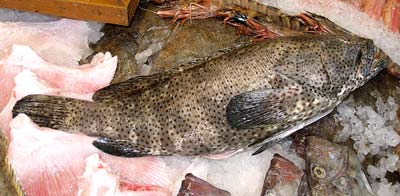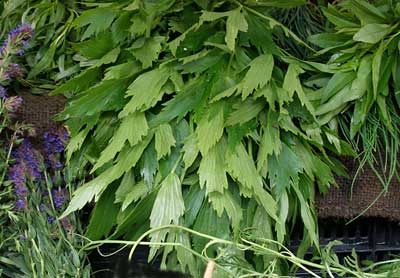Dill. European dill is anethum graveolens. Dill is an herbaceous plant, about 1 meter (3 ft) in height, with wispy leaves, bearing clusters of small yellow flowers and oval, pod-like fruits. In Europe the leaves are often used to flavour fish dishes. The fruits are also left to ripen on the plant until they have dried. The fragrant seeds are then extracted, threshed and dried. It has an aroma slightly reminiscent of caraway, warm, aromatic and tingly.
Dill. European dill is anethum graveolens. Dill is an herbaceous plant, about 1 meter (3 ft) in height, with wispy leaves, bearing clusters of small yellow flowers and oval, pod-like fruits. In Europe the leaves are often used to flavour fish dishes. The fruits are also left to ripen on the plant until they have dried. The fragrant seeds are then extracted, threshed and dried. It has an aroma slightly reminiscent of caraway, warm, aromatic and tingly.
"Sweet dill." Sweet cumin, a relation of fennel which is of the same family as anise, cumin, caraway and dill.

A name in Nice for the grouper. The most common species, this is reddish or yellowish brown particularly popular in North Africa. Being firm and dense, and relatively bone-free, makes it good for poaching or grilling. Good cold.

Lovage. A large unwieldy herb. Pick the stems off the leaves, tie them and hang them to dry for about 3 days. When crisp, crumble the leaves and store. Good in hotpots. Lovage seeds are used mainly in Indian cooking, and are from a plant of the caraway family. The greenish-brown seeds are a little larger than celery seeds and have a strong aroma of rather coarse thyme. Oregano can be substituted.